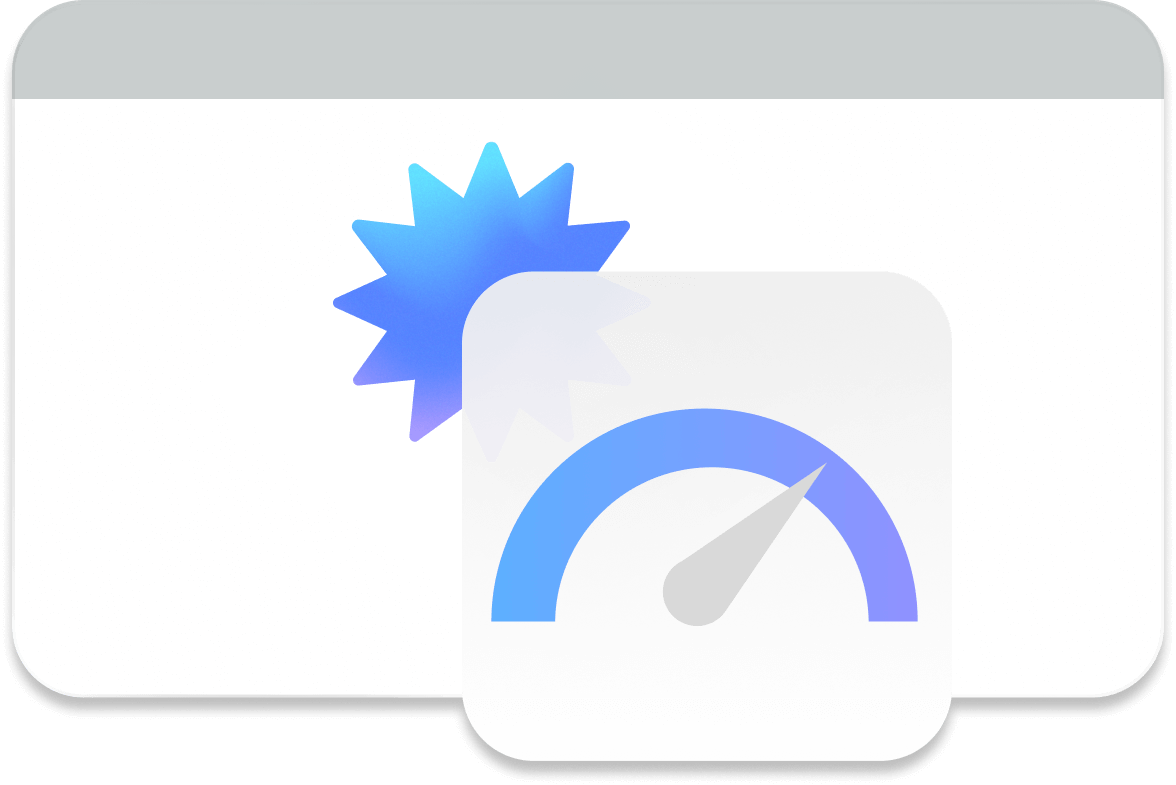FINANCING PLANNER
Calculate a Plan.
The first step in setting a goal is deciding what you'll need to get there. Education costs are higher than ever, but that doesn't mean you should expect to cover all of it.
Our College Financing Planner will help you determine:
- how much college could cost and see if you are on track to reach your savings goal.
- how much your current savings could help cover out of what you may have to borrow later.

Planning
Indiana529 Savings Plan at a Glance.
This information can help you understand the impact your 529 account can have on your full financial picture.
Indiana529 Direct Savings Plan |
|
|---|---|
|
Income limitations |
None |
|
Maximum investment limit per beneficiary |
$450,000 |
|
Federal income tax impact |
Earnings grow tax-deferred, and withdrawals are free from federal and state taxes if used for qualified education expenses.1 |
|
Indiana state income tax impact |
Indiana taxpayers are eligible for a state income tax credit of 20% of contributions to their Indiana529 Direct account, up to $1,500 per year($750 if married, filing separately).2 Gifters are eligible for the state tax credit, too! |
|
Federal gift tax impact |
Contributions are treated as completed gifts, and you may apply $19,000 contribution ($38,000 per married couple) for annual gift tax exclusion. For a five-year-election, contribute up to $95,000 ($190,000 for married couples) without gift tax impact.3 |
|
Impact on financial aid |
529 plan assets are counted at different rates for the Student Aid Index (SAI) in the Free Application for Federal Student Aid formula. If the student is a dependent, savings in a 529 are considered the parent's asset and will generally be counted at a rate of only 3-6% of it's value for the SAI.4 |
|
Who controls the account? |
The Account Owner maintains control of the account. |
|
Can you change beneficiaries? |
Yes, to another eligible member of the family as outlined in the Disclosure Booklet. |
|
Are qualified withdrawals taxable? |
Withdrawals are free from federal and state taxes if used for qualified education expenses.1 |
|
Penalties for non-qualified withdrawals? |
Withdrawn earnings subject to income tax and 10% federal penalty tax.1 |
1 Earnings on non-qualified withdrawals may be subject to federal income tax and a 10% federal penalty tax, as well as state and local income taxes. Tax and other benefits are contingent on meeting other requirements and certain other withdrawals may be subject to federal, state, and local taxes.
2 This credit may be subject to recapture from the account owner (not the contributor) in certain circumstances, such as rollovers to another state's 529 plan, federal nonqualified withdrawals, withdrawals used to pay elementary or secondary school tuition for a school outside of Indiana, education loan repayments, or rollovers to a Roth IRA account, as described in the Disclosure Booklet.
3 In the event the donor does not survive the 5-year period, a pro-rated amount will revert back to the donor's taxable estate.
4 For complete information about financial aid eligibility, you should consult with a financial aid professional and/or the state or educational instituition offering a particular financial aid program, since regulations often change.
Webinar Wednesdays
Join us on Wednesdays to learn the basics of saving for education with Indiana529.


New and Expectant Parents
Your most valuable tool is time.
Learn why saving now gives you the best chance to be prepared for their future.
Additional resources
Help is just a click away.
Still overwhelmed? Here are a few additional online resources from partners we trust:
A not-for-profit membership association whose mission is to connect students to college success and opportunity.
A comprehensive source of student financial aid information, advice and tools.
A not-for-profit organization that seeks to improve the personal financial literacy of students in kindergarten through college.
Helps Hoosier students of all ages PLAN, PREPARE and PAY for college completion and career success through effective communications and outreach efforts.
A clearing house for information about college savings programs.
A non-governmental regulator for all securities firms doing business in the United States.
Search the U.S. Department of Education's database of school and campus codes, as well as Title IV eligibility status for eligible institutions. Only Title IV-eligible schools can be used for qualified 529 distributions.
A good source of information on a range of college savings-related topics, including 529 basics, comparisons of types of plans, and how to save for college.
FAQS
Learn More About Education Savings Planning
Technically, the beneficiary must have a Social Security number or other taxpayer identification number before an account can be opened. This is so the identities of both the account owner and beneficiary can be verified. However, if you would like to open an account for an unborn child, an account can be opened in your name as both the account owner and beneficiary. Then, once the child is born, the beneficiary ownership can be transferred to the child. If we're unable to verify your identities, the plan reserves the right to close your account or take other steps we deem reasonable. Your Social Security number is also required for tax-reporting purposes.
Earnings in your Indiana529 Direct account grow tax-deferred and are free from federal income tax when used for qualified education expenses.1 Those expenses include tuition, fees, certain room and board costs, books, computers and course-related software, supplies, and equipment.
There is no time limit on when you can use the savings in your Indiana529 Direct account - so if your child is still deciding their next steps, or taking a gap year, your savings will still be there when they're ready. If the child decides not to pursue any form of higher education, you still have three options:
- Stay invested. You can leave the money in the account in case the beneficiary decides to attend school later.
- Change the beneficiary. You can change the beneficiary on your account as long as the new one is an eligible member of the family of the former beneficiary.2
- Withdraw the money for other uses. Remember - the money is always yours. If you do need to take a non-qualified withdrawal, the earnings portion is subject to federal and state income taxes and may be subject to a 10% federal penalty tax. For exceptions to this penalty, please consult the Disclosure Booklet.

1Earnings on non-qualified withdrawals may be subject to federal income tax and a 10% federal penalty tax, as well as state and local income taxes. Tax and other benefits are contingent on meeting other requirements and certain other withdrawals may be subject to federal, state, and local taxes.
2Section 529 defines a family member as: a son, daughter, stepson or stepdaughter, or a descendant of any such person; a brother, sister, stepbrother, or stepsister; the father or mother, or an ancestor of either; a stepfather or stepmother; a son or daughter of a brother or sister; a brother or sister of the father or mother; a son-in-law, daughter-in-law, father-in-law, mother-in-law, brother-in-law, or sister-in-law; the spouse of the beneficiary or the spouse of any individual described above; or a first cousin of the beneficiary. Gift or generation-skipping transfer taxes may apply. Please consult with your tax advisor for further information.

